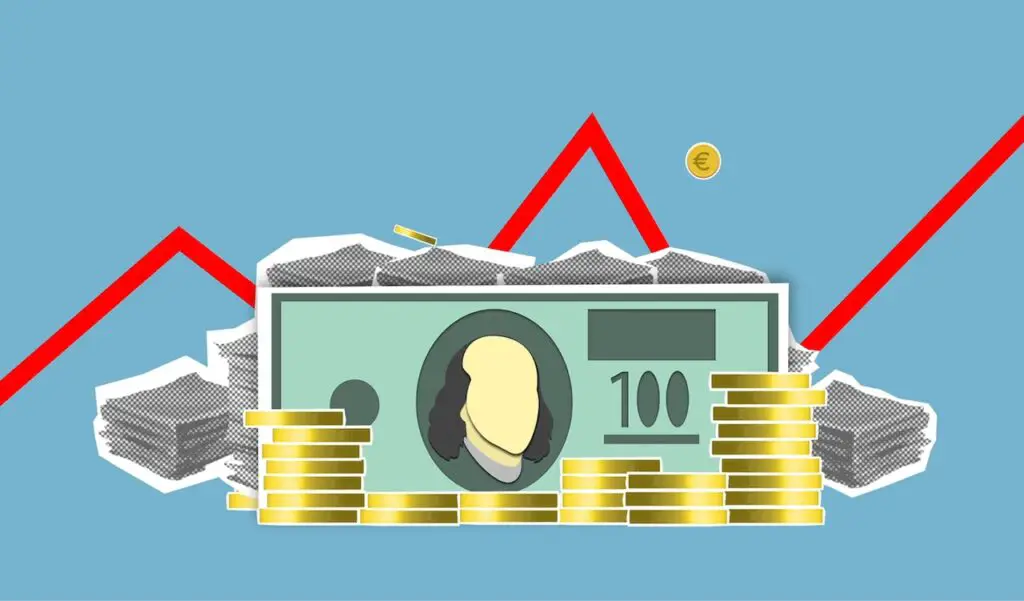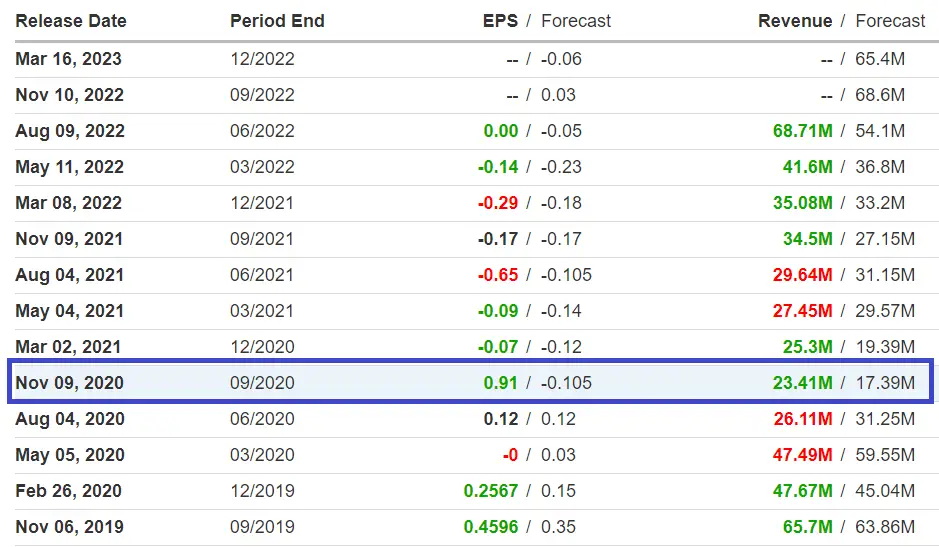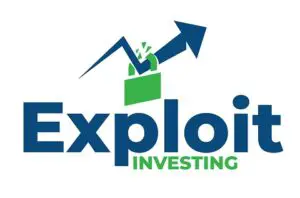
Earnings per share has become my latest obsession. It’s essentially the end all be all of a company’s well being. It’s growth is paramount and responsible for long term positive stock gains.
Calculating earnings per share (EPS) is simple enough. Utilizing the below formula you can calculate EPS.
Earnings per share = (net income – preferred dividends) / outstanding shares
However, the factors that lead to an increase in earnings per share can be nuanced. It is that exact nuance that value investors can take advantage of to create outsized returns. Below are the factors I pay close attention to when analyzing a stock.
1. Net Income and Operating Expenses
Net income is the most important part of EPS, without it there would be no earnings and the company would be losing money.
As long as the revenues outweigh the expenses, EPS will be positive. The gross margin or percentage increases and decreases with the gap between earnings and expenses. EPS will be more insulated the higher the gross margin is.
Typically large gross margins will signify a moat if maintained for a long time. This gives a company some breathing room if profits start to evaporate.
Since expenses are a large part of EPS, variable costs that are not related to the underlying revenues of a company can be reduced and therefore increase EPS.
2. Share Buybacks and Diluted EPS
When a company buys back its own shares it is doing two things:
- Increasing EPS by reducing the share count.
- Signifying to other investors that management believes the stock is undervalued.
The first is an increase of EPS, this happens because there are less shares that earnings are being divided by. As long as the net income either remains the same or increases, the earnings per share will increase as well.
Management may be buying back shares because it thinks shares are undervalued. This could be because they thing future earnings will be much greater, or compared to the company’s assets the stock is undervalued.
Buying back shares at this point can affect the future value of the stock and as long as management is carefully weighing the best use of cash then it is a positive for the stock and company.
Cancellation of Shares
When a company buys back shares it can decide to cancel those shares or keep them and sell them back to the public at a later time.
This is one of the reasons it’s important to to always calculate EPS by the diluted share count. If you are not doing this you may be getting a worse deal if the company sells the shares to the public.
Another way shares can increase is with stock options. If a company pays its employees with it’s own shares then the EPS could be significantly different than the diluted earnings per share.
3. Asset Sales and Purchases
Asset sales can affect EPS dramatically. If a company sells a large asset that nets them a large income, (Land or Buildings) than it can sneak into the EPS figure and push it up dramatically.
This is why any large EPS numbers that differ from previous company results need to be met with a bit of skepticism. Often these types of companies will show up on stock filters and unwitting investors may buy, believing they are a good deal.
Another interesting way EPS may increase is if a company trades shares for assets. As long as the asset purchased by the shares is more valuable than the shares themselves the company can net a profit.
This happened with Smart Sand a stock I’ve analyzed on Seeking Alpha.

The reason another company sold them these assets was they believed they would be better served with Smart Sand and in turn the company selling the assets would make back their investment by an increase in the share value.
4. Dividend Yield and Payout Ratio
Dividends are not taken into account when calculating EPS, however they are an important part of it. If a company is paying out dividends larger than the EPS it will affect a companies ability to pay of its debts and invest in its business.
This is why its important to take a look at the payout ratio. The payout ratio is a calculation of net income. It can be found with the following formula:
Dividend payout ratio= Dividends paid/Net income
It’s important to weigh a stocks value by how much of its earnings its paying out. Typically a payout ratio of 30% is considered safe and leaves room for growth. This will lead to a higher future EPS if growth is achieved.
5. Favorable Debt Opportunites
If a company has the opportunity to take on debt at favorable terms it can boost EPS. This is because debt can be cheaper than the returns gained from its issuance.
See this example:
- Company borrows at 8% interest rates.
- Company generates 20% returns on that debt.
The difference is 12% which means a company nets extra income on this deal pushing up EPS.
As long as cash flow can cover the debt payments and net income remains stable, debt can be issued at higher amounts as a company grows.
This is why growth stocks have such high EPS growth and also why, many spend on variable costs to grow net incomes. As long as these variables costs can be scaled back to reveal profits without losing revenues it can continue to be sustainable.
Earnings Per Share Growth and Sustainability
As value investors we search for bargains in EPS growth. This means the stock price or PE ratio is less than the EPS growth rate. This is a mispricing and will lead to higher expected returns when others notice the undervaluation.
Often EPS growth is underpriced because of fears that the future profitability outlook are poor. But, if these fears are unfounded there are a lot great bargains especially in a bear market.
If your curious how to get cash to invest in these bargains in a bear market, read my article on rebalancing your portfolio in a bear market.
The best way to figure out if EPS growth is sustainable is to look at past growth and average it out. If the future growth of that average is still below the price then you have found a bargain. Just beware of cyclical stocks that have 3-5 year cycles.
